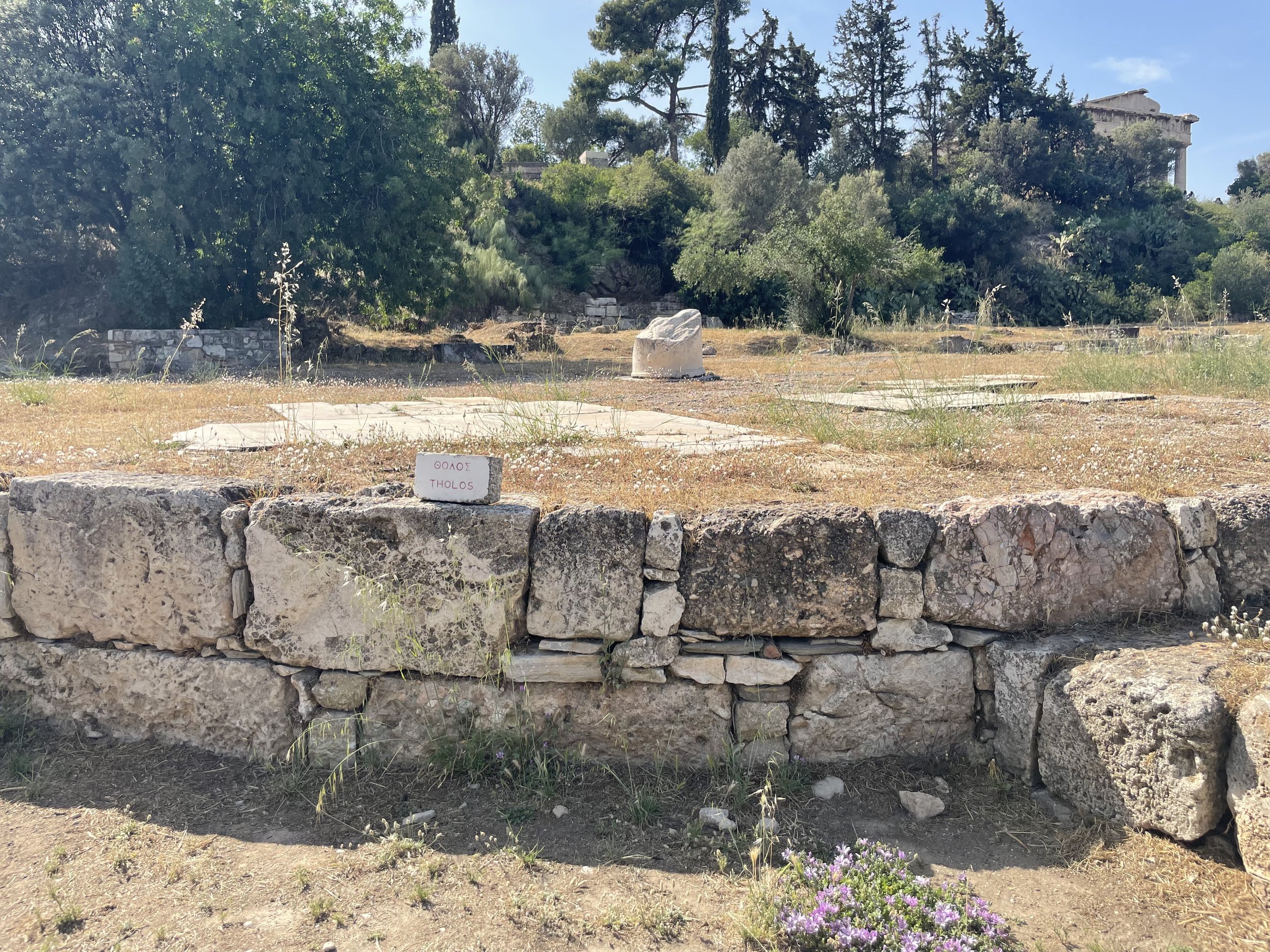Waikiki Beach, Honolulu, from Lē'ahi, known as Diamond Head.
Happy 2023!
Did you miss me? Sorry to have been gone so long. But I am guessing that, after late November, I wasn't the only one who became immersed in seasonal holiday/end of year activities. I did have a brief respite, though, for one week in December when I accompanied my husband to Hawaii for a conference. He was in meetings all day so we didn't get out of Honolulu, but I had lots Waikiki Beach time (great place to catch up on reading research for an upcoming project)!
We did hike to and from Diamond Head State Monument, and took the Summit Trail all the way to the top! Logged 11 miles that day and 61 flights of stairs (!), which is a bit more than I do on my average day here in NYC. It was fun walking from one end of the beach to the other, and up, up, up through the neighborhoods to get there. The trail itself is steep but, since it was constructed by the Army Corps of Engineers - complete with safety handrail! - it's pretty well maintained. The hiker-friendly conditions were a far cry from the mountains we clambered up in Greece last May. Or the last tropical volcanic mountain I climbed.
Anytime I climb heights like this I have thoughts about the benefits of such activity, aside from the obvious cardio-related ones: the fun and intrigue of changing perspective; the imperative of being in the moment; the clarity that comes from moving toward an obvious, defined goal — and the satisfaction of reaching that goal. Such very simple lessons to always remember when embarking on any challenge, not just physical ones. I have been trying to set myself mini-challenges to simulate a bit of these experiences: walking to the second-closest subway station; taking a new route to a familiar place; choosing the stairs whenever there is an option.
Resolutions don't have to be big. Even changing small habits — like walking home on the other side of the street — can help you see and experience your world in a new way. The physical shift in perspective unlocks new understanding. If you're resolving to, say, overcome your fear of public speaking, or brush up your executive presence, I can help you with some physical and mental shifts that lead to big change. Get in touch; I'll get back to you when I return from my walk!






















